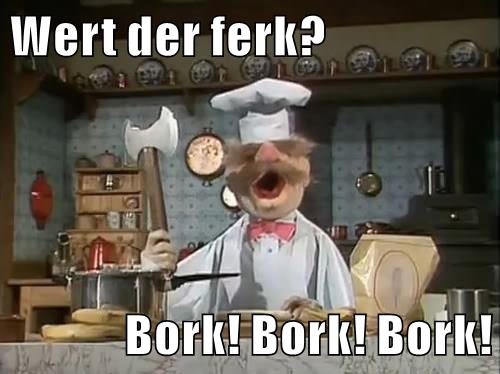
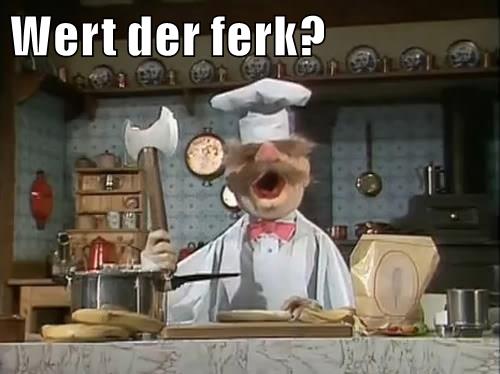

The beaver is a proud and noble animal
Notes from a bemused canuck


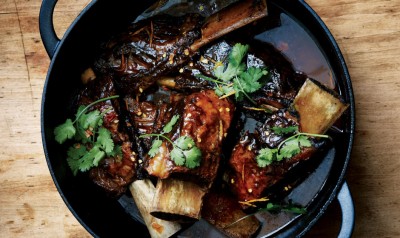
8 5–6” English-style bone-in beef short ribs (about 3kg)
Kosher salt and freshly ground black pepper
2 tablespoons vegetable oil
2 medium onions, chopped
4 celery stalks, chopped
2 medium carrots, peeled, chopped
2 tablespoons tomato paste
1 teaspoon coriander seeds
1 teaspoon cumin seeds
1 teaspoon crushed red pepper flakes, plus 1 chile, for serving
4 sprigs oregano
4 wide strips orange zest, plus some thin strips for serving
1 cup plus 2 tablespoons fresh orange juice
2 limes, halved
1/2 cup fresh corianderleaves with tender stems
Season short ribs with salt and pepper. Place on a rimmed baking sheet and chill, uncovered, at least 2 hours (ribs are even better if you can do this a day ahead).
Preheat oven to 160C. Heat oil in a large heavy pot over medium. Working in batches, cook short ribs until evenly browned, about 5 minutes on each side. Transfer to a platter; pour off pan drippings between batches.
Wipe out any burned bits from pot, but leave the golden-brown pieces (doing this will keep the finished sauce from tasting bitter). Place onions, celery, carrots, tomato paste, coriander seeds, cumin seeds, and red pepper flakes in pot; season with salt and pepper and stir to coat. Increase heat to medium-high and cook, stirring often, until vegetables are softened, tomato paste is slightly darkened in color, and spices are fragrant, 10–12 minutes.
Add oregano, wide strips of orange zest, 1 cup orange juice, and 6 cups water to pot, scraping up any browned bits; season with salt and pepper. Add ribs with any juices accumulated on the platter, making sure they’re completely submerged. Cover pot and braise ribs in the oven until meat is tender and falling off the bone, 4–5 hours.
Carefully transfer ribs to a platter. Strain braising liquid into a large bowl, then return to pot. Bring to a boil, then reduce heat and simmer until reduced by half (it will be thickened but still saucy). Return short ribs to pot and turn to coat.
To serve, drizzle short ribs with remaining 2 tablespoons orange juice and squeeze limes and crush remaining chile over. Top with coriander and thin strips of orange zest.
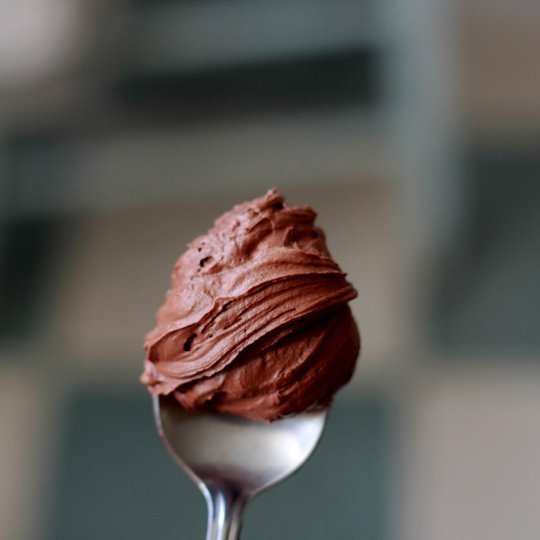
The sort of ganache you will make depends on what you want to use it for. It’s a question of proportion between the chocolate and heavy cream. These proportions are based on weight.
– Layer cake filling and thick glaze: 1:1, equal parts chocolate and cream.
– Chocolate truffles: 2:1, two parts chocolate to one part cream.
– Soft icing and pourable glaze: 1:2, one part chocolate to two parts cream.
1. Weigh out the amount of chocolate called for in your recipe. If you aren’t following a recipe, start with a small amount and make more as needed.
2. Based on the ratio chart above and how you’re intending to use the ganache, weigh the amount of cream needed for the ganache in a separate bowl.
3. Pour the cream into a double-boiler. It just needs to get hot. The cream is ready when you can place a finger in the cream and keep it there for 3 to 4 seconds. Turn off the flame and remove the cream from the stove.
4. Chop the chocolate into fine pieces while the cream is heating.
5. Scoop the chocolate into the cream. Stir gently to distribute the chocolate through the cream and then let it sit for a few minutes to give the chocolate time to soften and melt.
6. With a spatula or wooden spoon, stir the ganache. At first it might look spotty and broken but keep stirring until it comes together in a creamy mass.
7. Cool the ganache:
– If you plan on pouring the ganache over a cake, pie, or pastry, it will need to be loose enough to flow but thickened enough to stay on the pastry.
– To whip the ganache for frosting or for layer cake filling, cool the ganache until it is thick, but still soft, and then beat in a stand mixer or with a hand held mixer, until the ganache is fluffy and has lightened in color, about 1 or 2 minutes.
– To use the ganache make truffles, you may need to set the pan in the refrigerator so the ganache cools. Remove the pan every 5 minutes or so and stir so that the ganache cools evenly. As the chocolate begins to stiffen, stir it more frequently — it will go from soft to very hard quite suddenly. If this happens, soften the ganache over gently simmering water, stirring until you’ve reached the right consistency again.
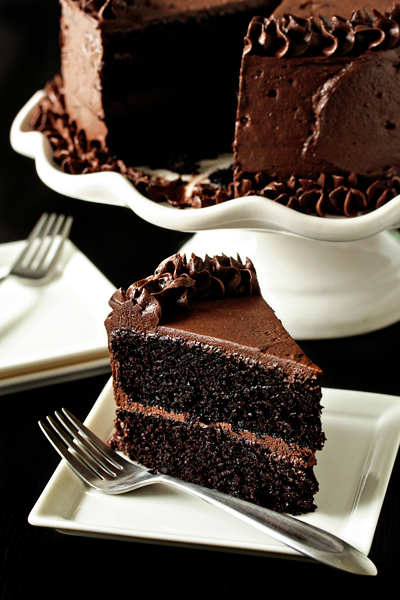
2 cups sugar
1 3/4 cups all-purpose flour
3/4 cup unsweetened cocoa powder
2 teaspoons baking soda
1 teaspoon baking powder
1 teaspoon kosher salt
2 eggs
1 cup buttermilk (*)
1 cup strong black coffee
1/2 cup vegetable oil
2 teaspoons vanilla extract
(*) Buttermilk can be substituted by adding 1 tbsp vinegar to 1 cup milk and letting stand for 5 minutes.
DIRECTIONS:
1. Heat oven to 175C. Grease and flour two 9-inch round baking pans. Set aside.
2. In the bowl of a stand mixer fitted with the whisk attachment or in a large bowl with an electric mixer, combine the sugar, flour, cocoa, baking soda, baking powder and salt. Mix on low until dry ingredients are thoroughly combined. Add eggs, buttermilk, coffee, oil and vanilla. Beat on medium speed for about two minutes; the batter will be thin. Pour batter evenly into prepared pans.
3. Bake in preheated oven for 30 to 35 minutes or until wooden toothpick inserted in center comes out clean. Cool 10 minutes; remove from pans to wire racks. Cool completely.
4. Frost as desired. You can either use the coffee mascarpone filling as described below or glaze with a simple ganache.
Coffee mascarpone filling/icing
500g tubs mascarpone
85g golden caster sugar
4 tbsp very strong coffee
50g dark chocolate, for grating
Beat the mascarpone and sugar together, then beat in the coffee. Use half the mix to sandwich the cakes and spread the other half over the top, swirling with the back of a spoon to make pointy curls. Finely grate the chocolate over the top, then serve.